
Steven Soderbergh is an incredibly prolific director: with his first feature film, sex, lies, and videotape, becoming a literally game-changing indie hit in 1989, Soderbergh has had a wildly successful career as both an indie and mainstream director, having produced 27 films since then and still directing–despite adamantly insisting that he’s retired.
Soderbergh is a one-man production team, working as a director, writer, cinematographer, and editor on many of his films. A genre-hopping director, Soderbergh never seems satisfied to stick with just one “type” of film, instead preferring to experiment with genres with each new film.
Known for his dense plotting that intercuts between multiple narratives, use of montages to advance the story, and has been referred to as a “stylistic chameleon.” His characters tend to be cerebral underdogs trying to sort out some sort of mess and his films often confront the consequences of their characters’ actions.
The prolific director has made numerous movies in his career up to this point, each one wildly varying in quality and subject matter. While his experimental indie films have garnered some acclaim, others have just baffled audiences. Similarly, although he has had giant box office hits, Soderbergh has also made some disappointing duds. Let’s take a look at his wide-ranging filmography from worst to best and see if we can figure out just what makes a good–and bad–Steven Soderbergh film.
28. 9012Live
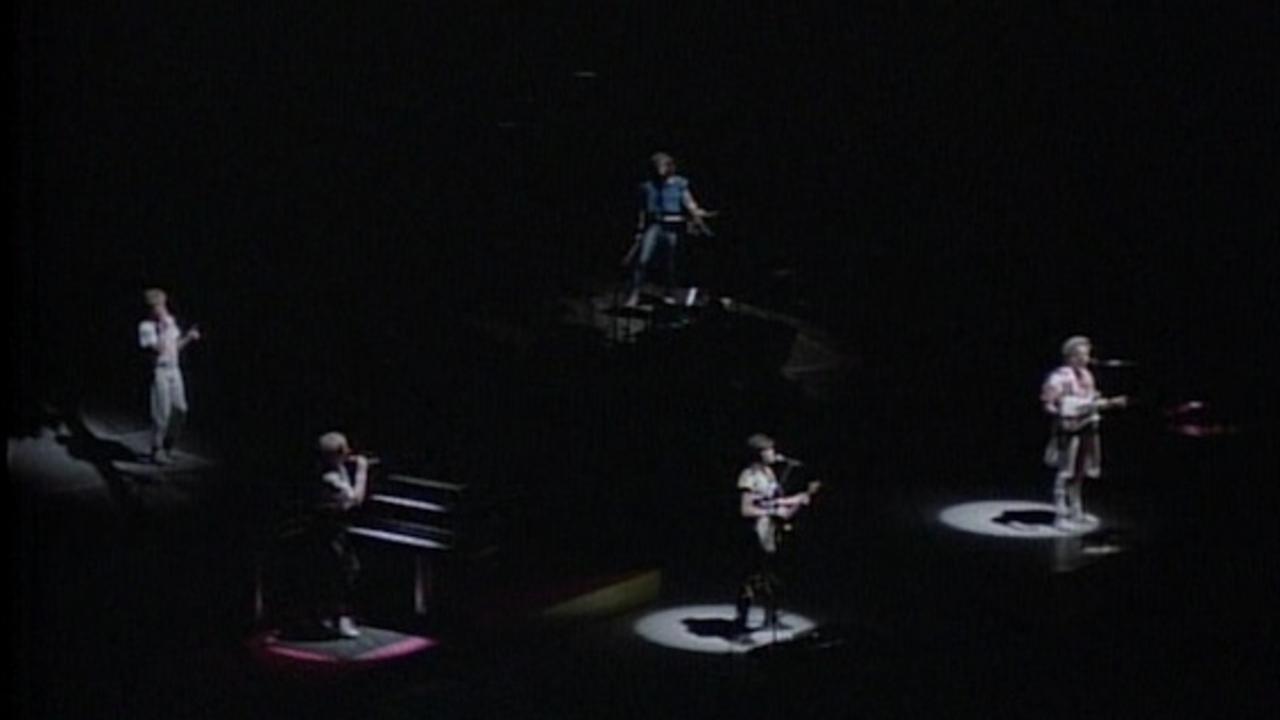
Here’s a bit of trivia: Steven Soderbergh’s first professional directorial effort was recording a live Yes concert in 1984. It’s a relatively standard concert film from the prog-rock group, who played their latest album, 90125. Considering Soderbergh was only 21 when he shot it, it’s a relatively impressive feat.
However, it’s also his worst “film”–whether because Yes is a somewhat difficult band to listen to or because it’s just five guys standing on stage for an hour playing complex music with computer graphics interspersed is up to the viewer. Still, directing a concert film at such a young age is still pretty impressive.
27. Full Frontal
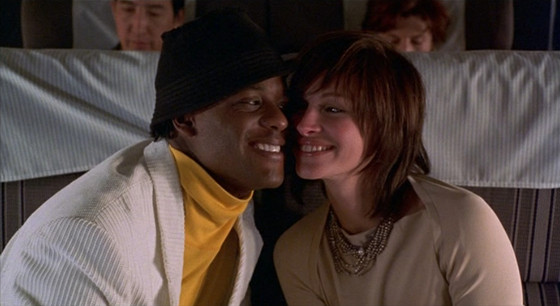
Soderbergh has always tread the line between experimental and mainstream in his work to mixed success–when it works it works, and when it doesn’t the entire endeavor can come across as fairly pointless.
In the latter category is 2002’s Full Frontal: shot in under a month on a digital camera, this day in the life film features Catherine Keener, Julia Roberts, and Brad Pitt, and it’s one of Soderbergh’s experiments with both digital video and narrative structure as the film blurs the line between what’s supposed to be a film and what’s “real” in it.
Unfortunately, it’s also a bit of a mess and poorly shot. Soderbergh can do great things when shooting without a script and on the fly: Full Frontal isn’t an example of this ability.
26. The Good German
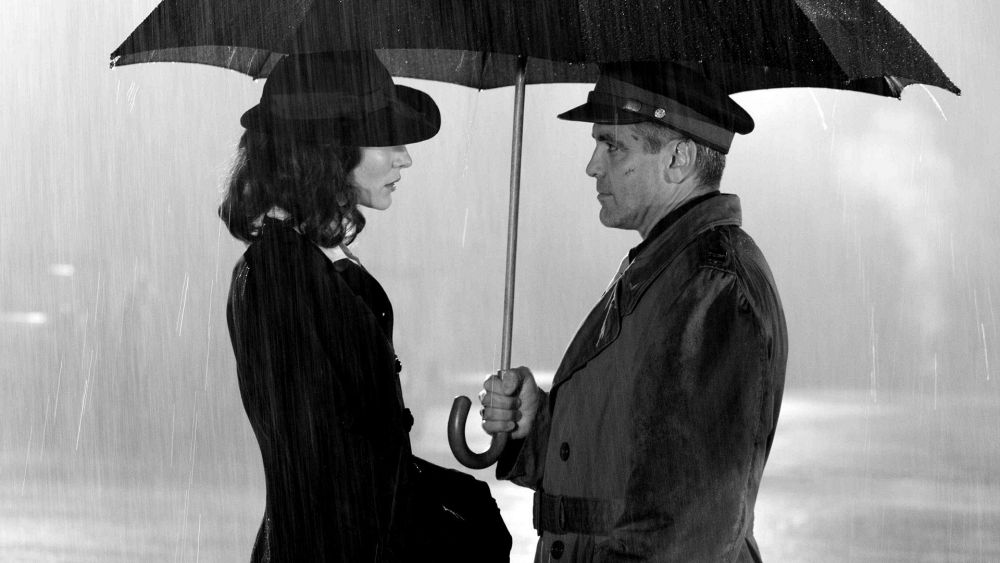
Soderbergh is a genius when it comes to developing atmosphere on-screen and stylistically he’s a genius, but sometimes his enthusiasm with the more technical aspects of how a film looks and feels interferes with minor details like characters and story.
Such is the case with The Good German: a noir film attempting to replicate Classic Hollywood, the movie follows an American war correspondent (George Clooney) who finds himself increasingly entangled in the shadowy underworld that emerged on the Continent immediately after European hostilities ended.
Which sounds like a great premise for a movie: The Third Man is a classic that’s set in similar circumstances with a protagonist untangling sordid mysteries in post-WWII Europe. But Soderbergh became wrapped up in the stylistics of the endeavor, perhaps too distracted using 1940s-era wide angle lenses, incandescent lighting schemes, and aping film noir’s cinematographic grammar to realize he didn’t flesh out his characters enough for the audience to actually care about what’s going on. While visually brilliant, The Good German is too flat a film to effectively engage the viewer.
25. Kafka
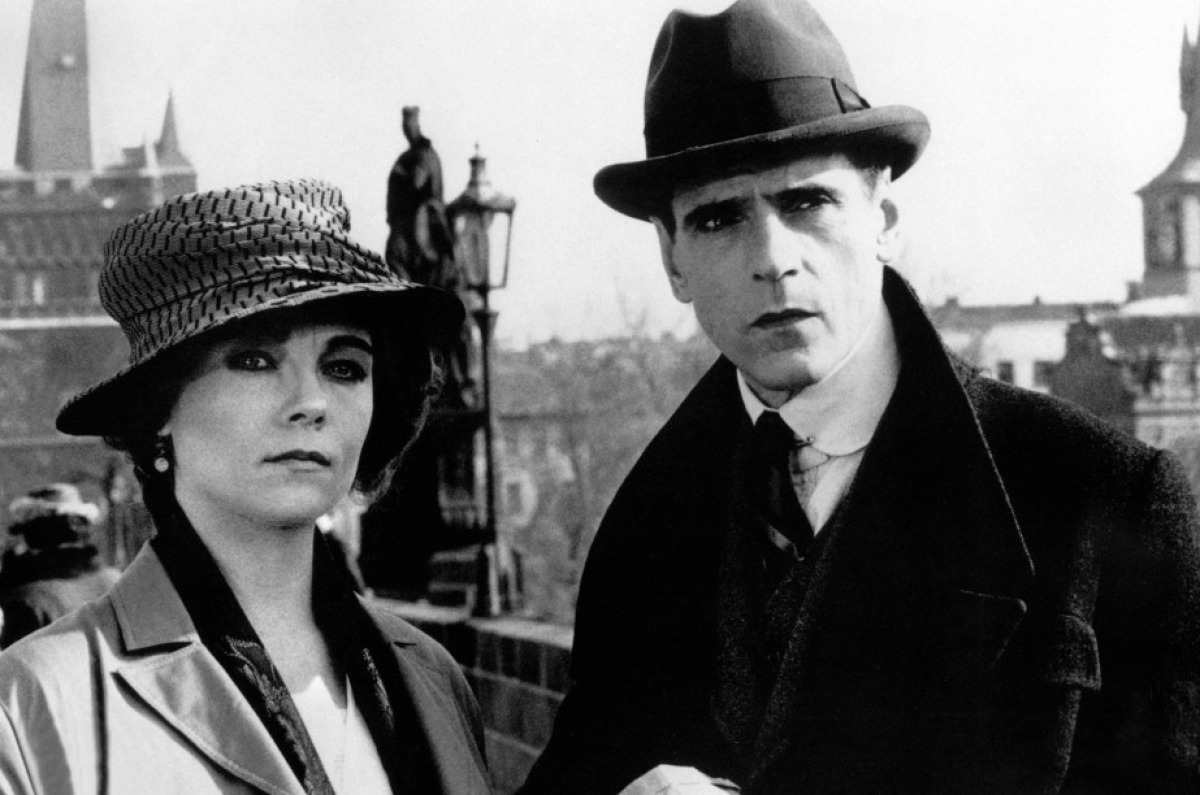
In many cases, sophomore films from directors who find themselves with faced with impossibly acclaim to live up to shouldn’t be judged too harshly: such is the case with 1991’s Kafka, only Soderbergh’s second feature-length film and the one that immediately followed his win of the Palme D’or at the Cannes Film Festival at the age of 26, the youngest director to ever win. And Kafka–a small, unconventional film–set the tone for Soderbergh’s career, as a director who made both more experimental low-budget films one year and big-budget blockbusters the next.
It’s not that Kafka is bad, it’s just not accessible or easy to watch. Ostensibly a biography of absurdist writer Franz Kafka in the style of Cronenberg’s Naked Lunch, it has a small cult following but remains a minor work from a major director. It’s an interesting watch, depending on the viewer’s interest in the subject, but Soderbergh would go on to do far weirder films more successfully in his career.
24. Gray’s Anatomy

Spalding Gray was a brilliant monologist whose long-form stage shows made him the best-known practitioner of his highly specific art form. Usually speaking on a sparsely decorated stage, Gray would spin free-associating tales, insights, and philosophical musings from his experience of life for appreciative audiences until his sudden suicide in January 2004.
Soderbergh filmed an 80-minute performance of Gray speaking on how he sought treatment for an eye condition and the various offshoot thoughts and feelings he had during the entire ordeal.
And while Spalding Gray’s rambling, neurotic approach to sorting out life’s small details seems particularly suited to Soderbergh’s talents–his own work hewing towards such predilections of picking away at the minutia and details of life–unfortunately Gray was not in fine form for this project and the material is limp.
As a result, a film dependant on the central figure as this similarly falls flat. But this wouldn’t be the last time Soderbergh considered Spalding Gray as a subject, and as we will see later in this list he would eventually make one of the best films of his career as a result.
23. The Underneath
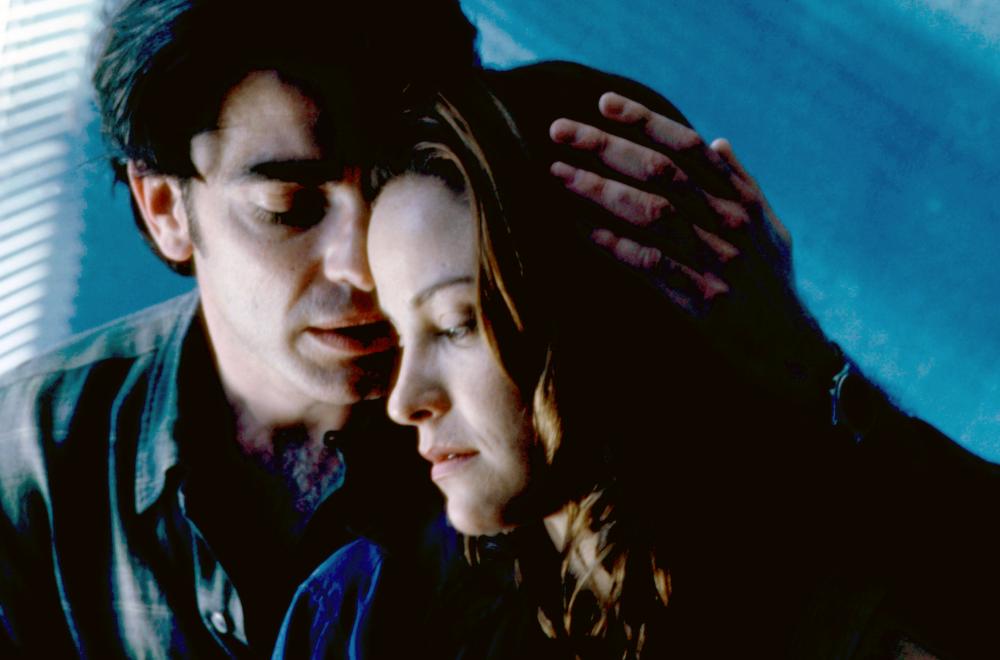
Michael Chambers (Peter Gallagher) returns home to witness his mother’s remarriage after a long absence from his hometown due to his gambling problems, having abandoned his wife in the process . Attempting to resolve the many broken relationships he left behind, particularly when he and his ex-wife reunite and find trouble with her criminal boyfriend. This ends with a botched robbery of an armored car and other dark conclusions.
A remake of the 1949 film Criss Cross, this noir-like film lifts many trademark elements from the genre but never quite gets its act together. Although filmed on a modest budget, it didn’t come anywhere near making its money back and remains a lukewarm entry in Soderbergh’s filmography.
22. Ocean’s Twelve
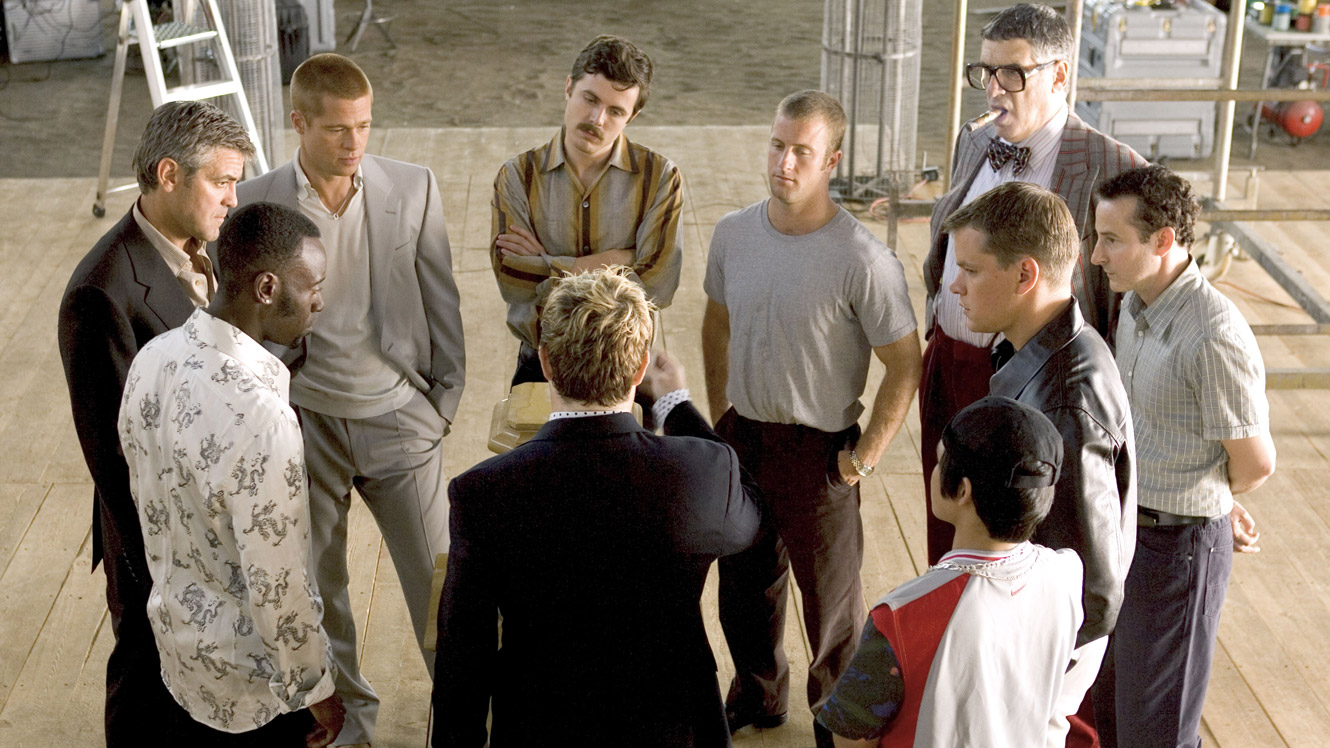
The Ocean’s series was some of the most commercially successful work of Steven Soderbergh’s career: starting with a remake of the Frank Sinatra/Dean Martin/Sammy Davis, Jr. Las Vegas crime caper that featured some of the biggest stars in the world, including George Clooney, Matt Damon, Brad Pitt, and Julia Roberts, Soderbergh effortlessly flipped back to being a mainstream, big-budget director as easily as he worked as an indie auteur.
Unfortunately, the sequel is the saggy middle of the Ocean’s trilogy. While the initial entry in the trilogy was Soderbergh at his crisp best as a mainstream director, with flashy visuals, smart editing, and capturing nuanced but broad performances from his megawatt stars, Ocean’s Twelve was a tired rehash of the first movie with less pep and urgency than the original had. As a result it’s a rare trilogy film where the second is the weakest entry.
21. Schizopolis
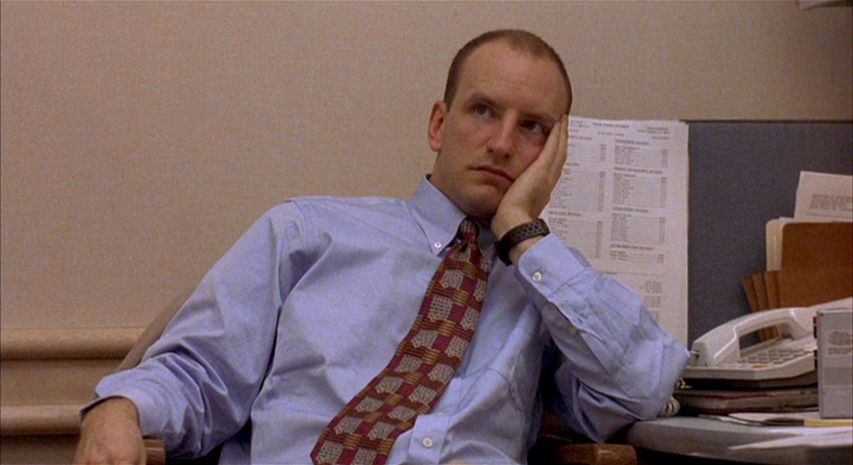
And now for something completely different–and by that we mean completely insane–there’s Schizopolis. How to describe this movie? This non-linear experimental comedy film follows a number of characters, many of which are played by Steven Soderbergh himself. Chief among them is Fletcher Munson (Soderbergh), who works for a Scientology-like religious group and the first section of the film is viewed through his perspective.
This includes an extreme deconstruction of language and meaning between Munson and his wife, where even basic exchanges are relayed through generic greetings (literally, here’s a sample of dialogue: “Generic greeting.” “Generic greeting returned.” “Imminent sustenance.” “Overly dramatic statement regarding upcoming meal.”).
Then the film follows another character, also played by Soderbergh, as his doppelganger Dr. Jeffrey Korche, who is having an affair with Munson’s wife. And Munson’s wife is also played by his then-wife in real life with which he was going through a divorce at the time.
And then a bunch of completely insane things happen. If you can’t follow, Schizopolis is a portrait of a filmmaker who seems to be unravelling from within–which is simultaneously fascinating to watch and incredibly irritating. Part if it has to do with Soderbergh’s neurotic meticulousness, which can be funny in small bursts but when an entire film is structured through this prism becomes a small headache of a watch.
Maybe his most unique film but also not particularly his best, Schizopolis is best left for Soderbergh devotees with a lot of patience and the sympathy to indulge a filmmaker who seemed to be going through a lot at the time of the film’s creation.
20. Solaris

1972’s Solaris is a Soviet sci-fi film directed by Andrei Tarkovsky that’s a meditative look at memory and and belief. A scientist journeys to the space station Solaris to observe its inhabitants, who have become disturbed due to unusual events on the station.
Once there, the scientist begins to see–and eventually interact with–a being that seems to be his deceased wife. Critically acclaimed as one of the best sci-fi films ever made, it seemed a difficult challenge to remake an already beloved film.
But Soderbergh took up the challenge, remaking the film in 2002. And while it’s not a terrible film–in fact, Soderbergh did a good job updating the technology and look of the original–it simply lacks the impact that the original had. A master like Tarkovsky would be tough to top, especially when remaking one of his films, but Soderbergh’s attempt is a noble–if not better–try.